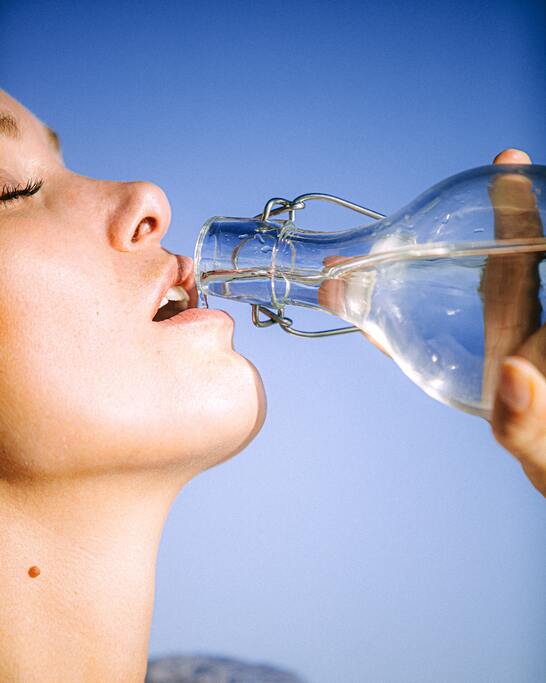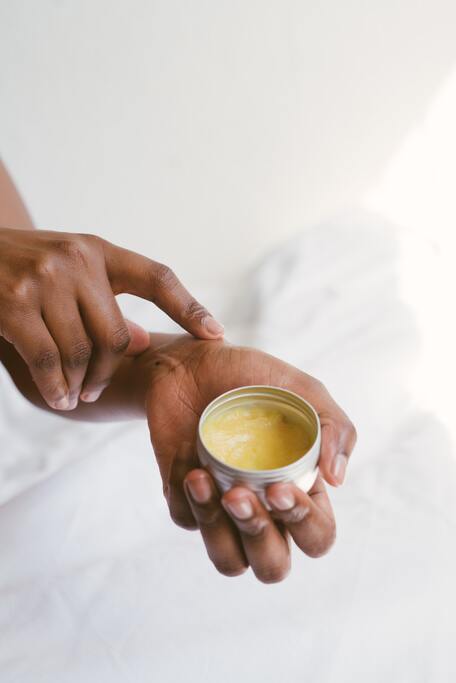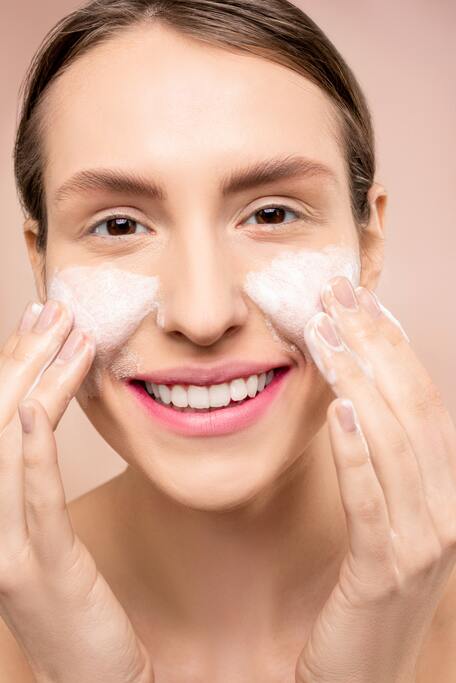It might be difficult to give up changing your skin care routine from fall to winter after you’ve found one that works for you before. Your summer to fall routine might not work as planned, though, once winter arrives due to the changing weather. As the air outside grows chilly and dry, without the correct care, your skin can rapidly follow suit.
You can simply change your skin care routine from fall to winter by substituting a few items, such as your face cleanser and moisturizer, with ones that go with the colder weather. Read on for our top tips on creating a winter skin care routine to help you get ready.
How to prepare a perfect skin care routine from fall to winter?
Stay hydrated
Hydration is the first step in any effective skincare regimen. For good skin in the winter, make sure to drink enough water. Not only will this help keep your skin feeling smooth and supple, but it will also help drain out any toxins that might be causing irritation or breakouts.

Consuming hydrating foods like cucumbers and citrus fruits will benefit your skin just as much as drinking lots of fluids. Maintaining hydration makes it simpler to cope with the brisk weather outside by regulating body temperature.
Increase the Use of Moisturizer
Autumn brings out all the lovely hues of nature, but it also brings cooler temperatures and dry air, which can upset the natural balance of the skin and result in flaky skin, irritation, and a dull complexion. As seasons change and skin needs an extra boost of hydration, you might want to try giving your moisturizer a helping hand by pairing it with a hydrating serum for winter. Hydrating serums are packed with actives and have lower molecular weight to reach deeper into the skin.

As a result, you might want a stronger emollient product to combat the rapidly dropping temperatures. Therefore to preserve your skin throughout winter, you should constantly be providing your skin to a regular dosage of moisture.
Exfoliating gently is essential
Don’t miss the exfoliation, please! Some have been known to omit this step from their winter skincare regimen in order to avoid drying out their skin. Yet, if you don’t exfoliate, your skin will suffer greater harm.

Avoid letting the chilly air dull your skin by protecting it with once-weekly light exfoliating scrubs. Microcrystalline cellulose and lotus seed powder, which have the ability to remove impurities and reveal healthier, smoother, and more radiant skin, are added to this solution.
Keep using sunscreen
This product should be used every day of the year and every season as part of your skincare regimen. UV rays from the sun can enter your home via your windows and are just as harmful in the fall and winter as they are in the summer.

The texture and formulas of sunscreen often cause individuals anxiety, especially if they have sensitive, oily, or acne-prone skin. The best of both worlds is provided by mineral sunscreens, which provide broad-spectrum protection against dangerous UV rays while being kind to all skin types.
Use a cream instead of a thin lotion or gel.
Due to the higher air humidity in the summer, skin tends to retain more water, therefore a lighter lotion may have been sufficient to soothe dry regions. Yet a more aggressive three-pronged effort is required come winter. Skin must have at least 10% water in order for enzymes to cause natural exfoliation and prevent chapping. Hyaluronic acid and glycerin are two humectants that draw moisture from the air into the deeper layers of the skin to increase hydration and are thus necessary to increase water content.

Similar to this, the recipe of your skin care routine from fall to winter should have a greater oil to water ratio (consider sweet almond, cloudberry, and jojoba seed oils). Emollient substances that physically stop moisture from evaporating include shea butter, which contains lipids that are comparable to those in the epidermal barrier.

